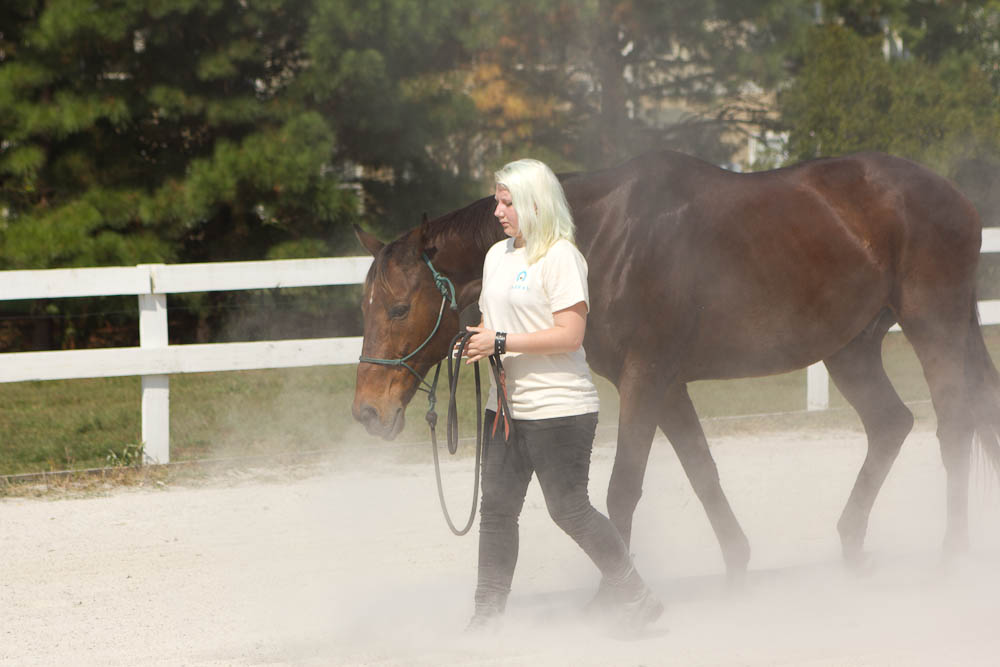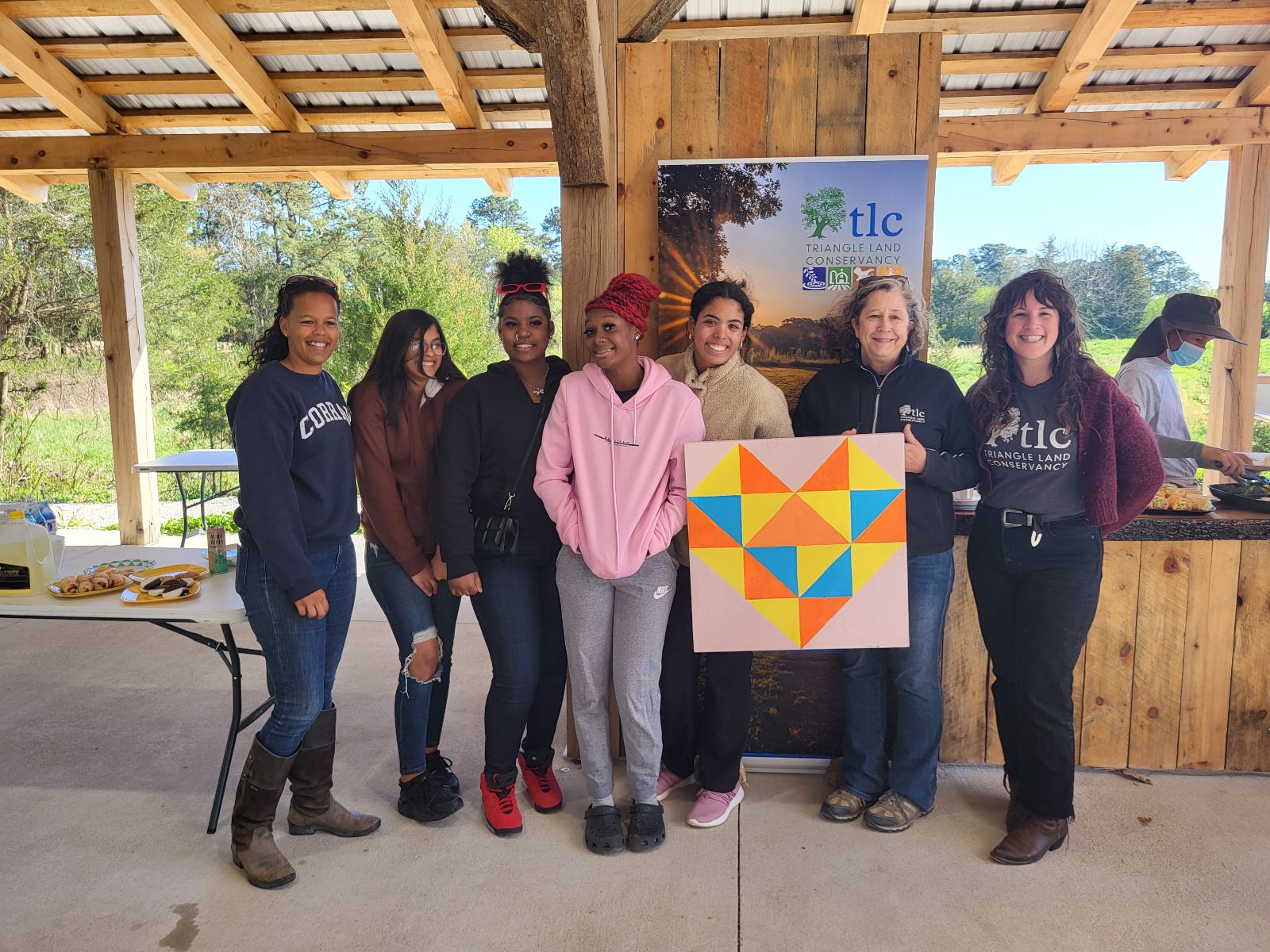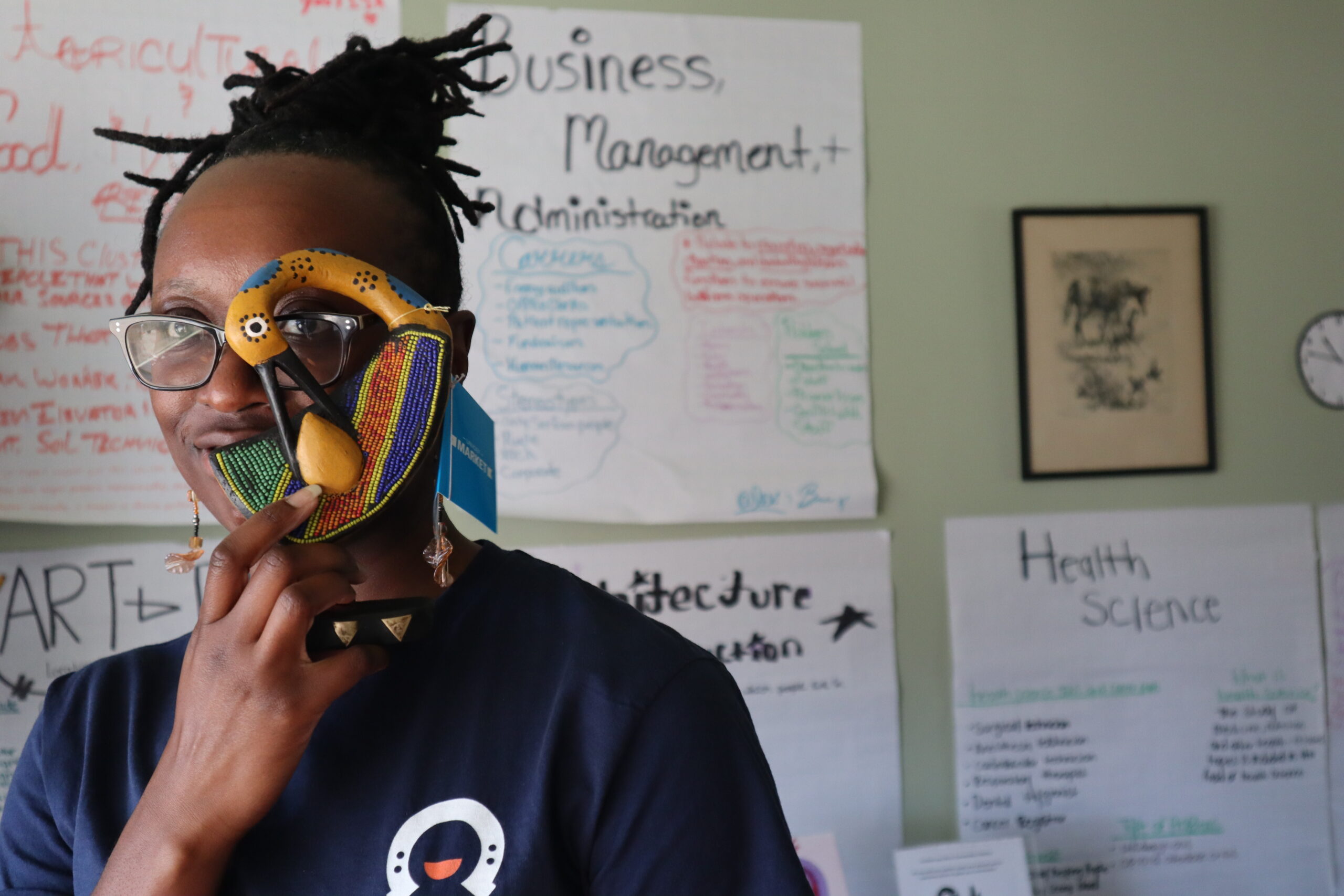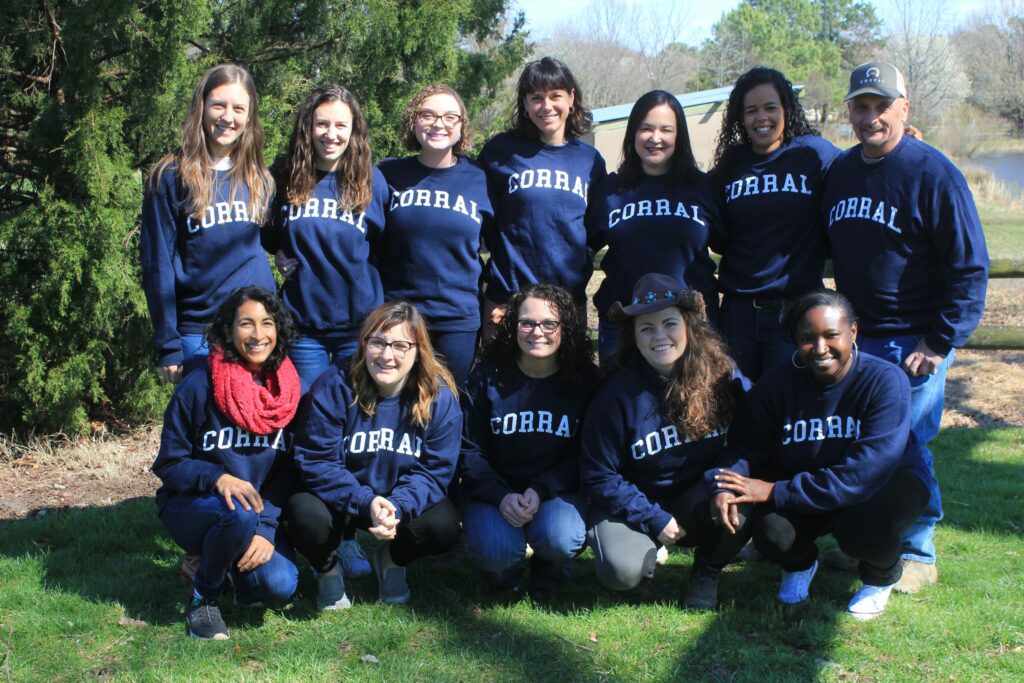Supporting A Teen’s Healing Process: Self-Harm and Injury Awareness Day is March 1st. Julia Ross is a Licensed Clinical Social Worker Associate at Foundations Family Therapy in Raleigh (MSW, LCSWA.)
Adolescence is a time filled with change, curiosity, and never-ending drama. Being a teenager is tumultuous to say in the least. It is the paradoxical time of craving independence, yet sheltering any of that youthful naiveté we still have left. With all of this comes the pressures of grades, friendships, first loves, and heartbreaks. Unfortunately, it is far too easy for that once exciting independence to transform into loneliness. Often, in these difficult emotions, I see my clients turn to unhealthy coping skills like self-harm. Sometimes the most telling aspect of self-harm is not “why?” It is when.
Identifying triggers for your teen’s mental health can be a first step in helping them reduce their overall distress. This could include stressful situations, pressure at school, social media, bullying, or difficulty with friends.
Support your child in making a safety plan to use healthy coping skills. Approach the teen with a calm and non-judgmental approach. Reiterate that you are here to support them through this difficult time by listening and learning about what has been most challenging for them.
Although it can be scary to think about self-harm, there are many strategies available that can reduce these urges. Try these strategies to reduce self-harm tendencies with adolescent clients.
- TIPP – This method comes from the evidence-based intervention, Dialectical-Behavior Therapy. This skill helps a person in an emotional crisis ground themselves with calming techniques.
- “T” is for temperature: Grab ice cubes and squeeze them with a close fist for one minute or apply an ice pack to your face and cheeks. These methods can quickly decrease the intensity of the emotion and stimulate pain receptors in a healthy way. Please do not attempt this skill if you have a cardiac or body temperature regulation issue.
- “I” is for intense exercise; engaging in intense exercise for 15 to 20 minutes will let your body naturally process any adrenaline hormones.
- “P”s are for paced breathing and paired muscle relaxation. There are many apps or videos for encouraging these techniques but the goal is to slow your breathing down to 6 to 8 breaths per minute (or roughly every 10 seconds). This breath work can be matched with progressive muscle relaxation by tensing your muscles as you inhale and then relaxing them as you exhale. For clients with breathing difficulties, please have caution when trying these exercises.
- Distraction– These displacement strategies help trick our minds into perceiving an injury without inflicting any physical harm. By creating a fake injury with makeup or food coloring, a person is able to express their emotional distress without engaging in a self-injurious behavior. Other ideas that my clients have created include using body paint or nail polish on places they might typically self-harm.
- Alternative Rebellion Acts– These acts are to help individuals ride out the urge to harm themselves by doing activities that might seem crazy, rebellious or defiant. Some of the suggestions from lists that I have gathered over the years include: Shaving your head, getting a piercing or tattoo, eating a hot chili pepper, wearing face paint in public, or dancing in the rain. These are just a few of my favorites but there are so many creative things to try.
- Reinforcing– These suggestions are to reinforce a person’s goals to decrease their self-harm behaviors. Examples of this can include making a list like “Why I don’t want any scars or bruises in the summer” or using glow-sticks to snap and waiting for the glow to disappear as a reminder to wait it out.
Many times self harm is accompanied by distortions surrounding their self-image, depression, anxiety, or self-esteem. It is crucial to support these youth in developing a positive narrative about themselves.
Below are additional resources and links to some of the techniques I discussed. I hope you or your loved one are able to find hope or comfort in this discussion. If you are interested in counseling for yourself or your teen, please reach out to Foundations Family Therapy. We are currently offering in person and telehealth visits in Fuquay and Raleigh. Please visit our website at foundationsft.com to learn more about what we can offer.
“Loving ourselves through the process of owning our story is the bravest thing we will ever do.” -Brene Brown
Additional resources:





